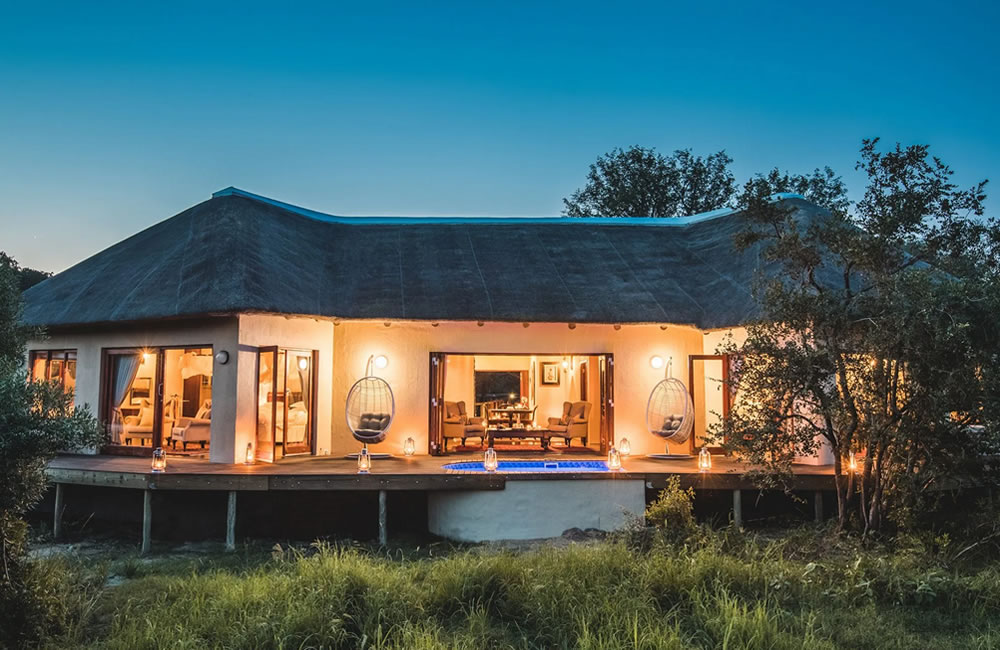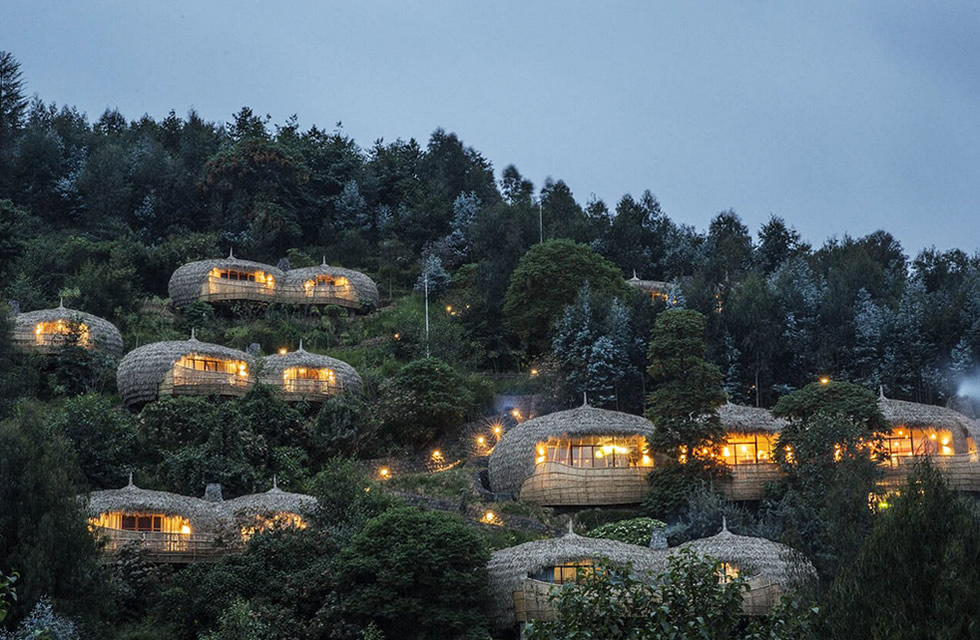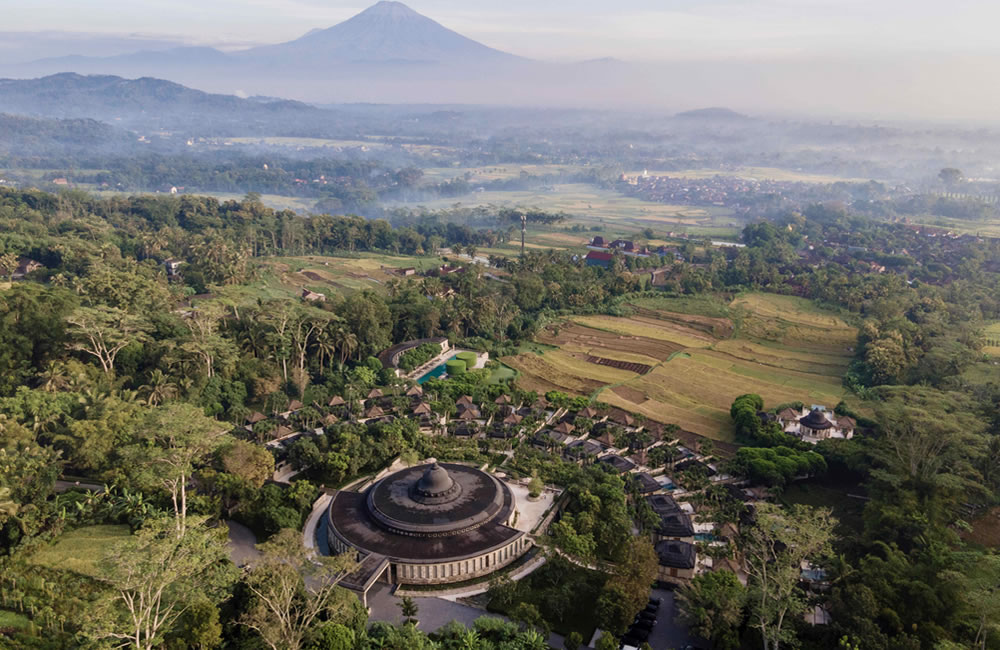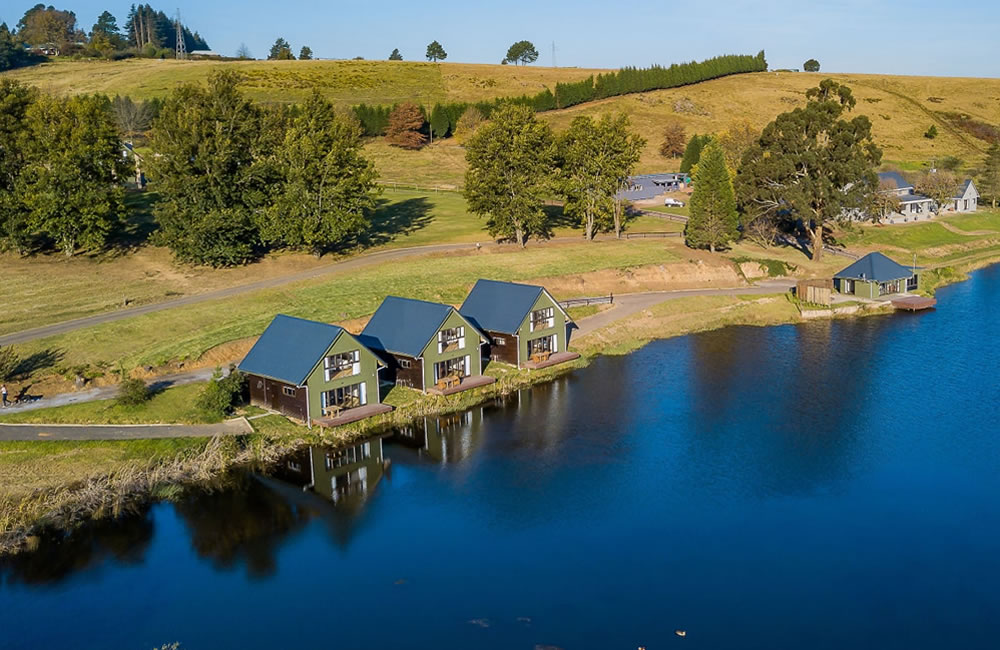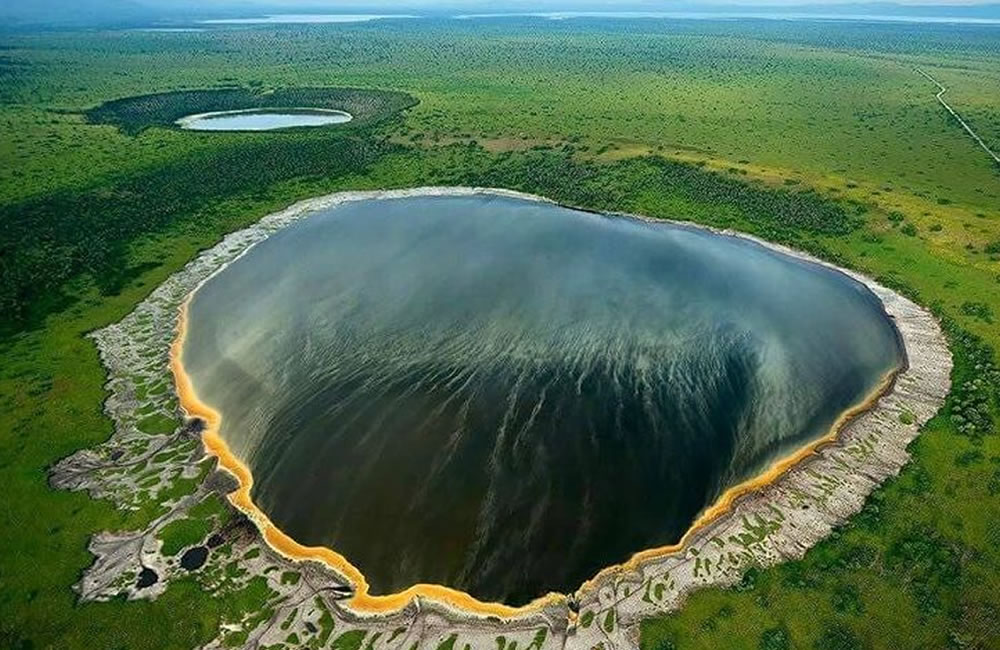Exploring East Africa encompasses not only the appreciation of stunning landscapes, wildlife excursions, and unique cuisine but also the opportunity to engage with the remarkable individuals who inhabit this region. From the Maasai of Kenya and Tanzania to the Batwa of Uganda, the Hadzabe of Tanzania, and the Swahili-speaking coastal populations, East Africa presents a rich tapestry of cultures, languages, and traditions.
To genuinely immerse oneself in the essence of this area, travelers are encouraged to interact with local communities in a respectful and meaningful manner. Engaging in cultural exchanges involves more than merely capturing photographs or purchasing mementos; it requires active listening, learning, and participation that honors the customs and dignity of the people encountered. This article provides guidance on fostering authentic relationships on a safari through East African communities through kindness, curiosity, and respect.
Learn Before You Travel
Prior to engaging with any local community, it is essential to invest time in understanding the people and their lifestyle. This encompasses gaining insight into their language, traditions, history, and everyday activities. For instance, numerous East African communities are profoundly anchored in their customs, and actions that may appear ordinary to you could be interpreted as disrespectful by them.
When visiting a Maasai village in Kenya or Tanzania, it is beneficial to recognize that the Maasai hold elders in high regard, making it crucial to greet them appropriately. In Uganda, the Baganda people demonstrate respect for elders by kneeling—an aspect that visitors might not be aware of unless informed in advance.
While it is not necessary to acquire all knowledge at once, expressing an interest in another’s culture prior to your encounter is a significant means of fostering trust.
Use Local Guides and Interpreters
Engaging with East African communities is most effectively achieved through local guides who are fluent in the language and possess a deep understanding of the culture. A local guide can assist in formulating appropriate inquiries, grasping the profound significance of traditions, and steering clear of potentially disrespectful behaviors.
Companies such as Primate Safaris employ knowledgeable local guides who have been raised in the regions they serve. These guides facilitate respectful exchanges between visitors and local communities—whether you are participating in a traditional dance in Rwanda, enjoying a fishing experience with locals on Lake Victoria, or visiting a women’s cooperative in Kenya.
Additionally, utilizing a local guide contributes to the economic support of the community and ensures that the benefits of tourism are directly felt by local residents.
Dress Modestly and Appropriately
Attire conveys significant messages in various East African cultures. In certain regions, particularly in rural areas and among Muslim communities along the coasts of Kenya and Tanzania, modest clothing is regarded as a mark of respect.
Women travelers are advised to don skirts or dresses that extend below the knee and cover their shoulders. Similarly, men should refrain from wearing overly casual attire when visiting cultural sites or rural residences. While dress codes are more lenient in urban and tourist areas, it is still valued when visitors honor local customs.
Dressing modestly demonstrates respect for the culture and a willingness to adapt during one’s stay.
Ask Before Taking Photos
Although the landscapes and individuals in East Africa are stunning and worthy of photographs, it is crucial to seek permission before capturing images of people, particularly in rural or traditional communities.
Some cultures hold the belief that photography can diminish their spirit, while others may value their privacy. It is especially important to refrain from photographing children without the consent of their parents or guardians.
A courteous smile and a polite request—potentially facilitated by your local guide—can be very effective. If someone declines, it is essential to respect their choice and appreciate the experience through observation rather than through a camera.
Join Local Experiences Instead of Just Watching
Rather than merely observing from afar, engage actively in the daily life and community events. This could involve learning to prepare a traditional dish, participating in agricultural activities, crafting baskets, or taking part in local festivities—such experiences are not only enriching but also demonstrate your genuine interest in the lives of the community members.
For instance, while on a gorilla trekking safari in Uganda, your visit to the Batwa Experience near Bwindi Forest in Uganda offers visitors the opportunity to walk through the forest on tours guided by the Batwa people and gain insights into their historical way of life prior to their relocation. In Tanzania, one can partake in a coffee-making session with Chagga farmers on the slopes of Mount Kilimanjaro. Meanwhile, in Rwanda, there is the chance to engage in a banana beer brewing workshop alongside local women.
Primate Safari Experiences facilitates these types of cultural exchanges, ensuring they are respectful, community-driven, and beneficial for both travelers and their hosts.
Support Local Businesses and Artisans
An excellent method to engage with local communities is by supporting local artisans, farmers, and small business proprietors. Purchasing handmade goods such as jewelry, textiles, carvings, and pottery directly from the creators ensures that funds reach local families.
It is advisable to avoid purchasing from intermediaries or retailers that do not explicitly endorse the local community. Instead, consider shopping at community cooperatives, women’s organizations, or craft markets operated by locals.
Additionally, opting for homestays or community lodges can further benefit local families, as your stay directly contributes to their livelihood. This experience allows you to enjoy traditional cuisine, reside in locally styled accommodations, and exchange stories with your hosts, fostering profound human connections that transcend mere tourism.
Be Humble and Open-Minded
Engaging with a different culture requires humility and an open heart, which is the most effective approach to gaining respect and acquiring knowledge from others. It is important to refrain from making judgments about practices that differ from your own background. Instead, express curiosity and demonstrate a sincere desire to learn.
You may encounter unfamiliar cuisine or customs that may astonish you. Maintain politeness, smile, and keep in mind that you are a visitor in another’s home or community. Your behavior can create a lasting impact, whether positive or negative.
Practice Responsible Giving
It is common to feel compelled to assist communities, particularly when confronted with poverty. However, distributing money, treats, or gifts to children or individuals on the streets is discouraged, as it may foster unrealistic expectations and dependency.
Instead, consider supporting sustainable community initiatives such as educational institutions, healthcare facilities, or women’s cooperatives. Collaborate with your tour operator—like Primate Safaris—to discover impactful ways to contribute. They can link you with reputable local organizations or recommend donation avenues that genuinely effect change.
Conclusion
Engaging with East African communities is among the most fulfilling aspects of travel. It provides an opportunity to immerse oneself in another’s culture, forge friendships, and exchange experiences that transcend geographical and linguistic barriers. However, such connections must be founded on principles of respect, curiosity, and kindness.
By familiarizing yourself with local traditions, employing local guides, dressing suitably, and engaging with humility, you pave the way for authentic human interactions that linger long after your journey concludes.
Allow Primate Safari Experiences to assist you in crafting significant adventures where individuals, rather than mere locations, are central to your exploration. Whether you are enjoying a cup of tea in a village or participating in a celebration beneath the stars, you will depart with a heart enriched by memories and a profound appreciation for the unique qualities of East Africa.
